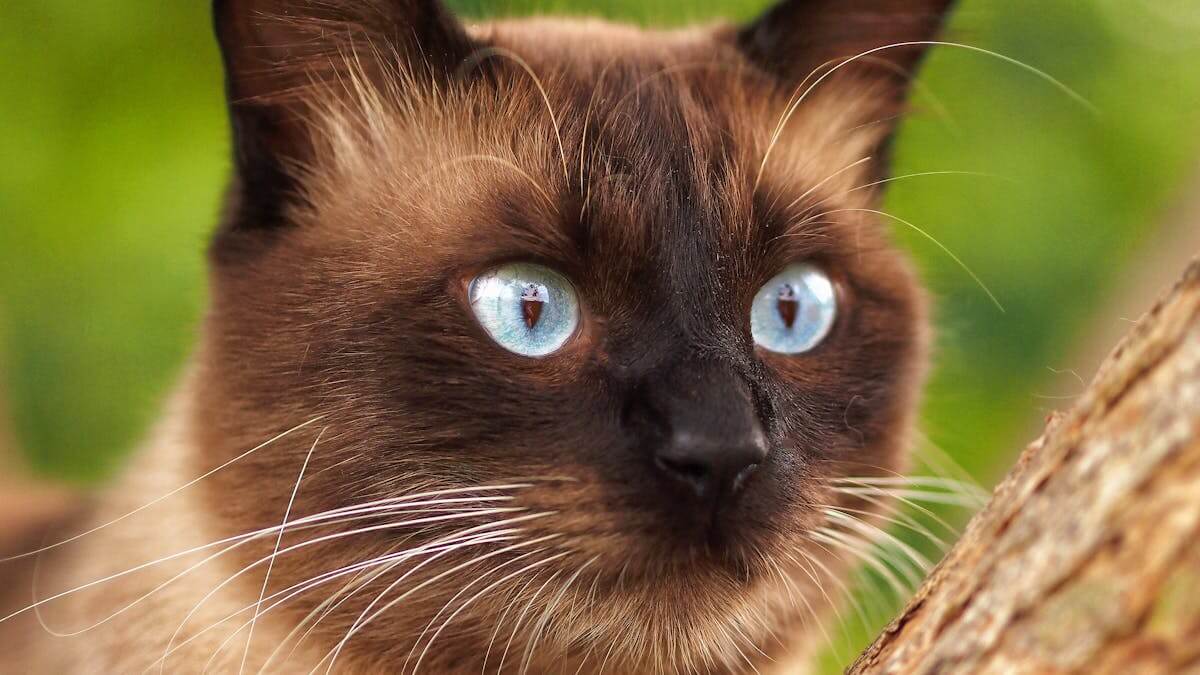Since we were kids, we've heard that cats have seven lives and an amazing ability to survive high falls and major impacts.
Although science and metaphysics have not confirmed this, significant progress has been made in understanding physiology in recent years.
Leaving myths aside, A Stady A recent study conducted by scientists from the Royal Veterinary College in London, in collaboration with researchers from National Chung Hsing University in Taiwan, sought to discover what… Cat breeds that live the longest. Continue reading and see the list below.
How was the study conducted?
For the study, researchers examined the records of 7,396 cats that died from January 2019 to March 2021 in the United Kingdom, and organized the information by age, breed, and sex.
A more detailed look at the physical characteristics of cats allowed us to identify specific variables that, if controlled, could contribute to extending the lives of these beloved pets, said Dr. Kennedy Teng, lead author of the article.
The investigation revealed valuable data about the influence of sex and factors such as neutering and weight on the longevity of cats, check it out:
sex
It has been found that female cats live an average of 1.33 years longer than male cats, which may indicate hormonal or behavioral influences on survival.
Castration
Neutering has also been shown to be beneficial, with sterilized cats living longer lives, possibly due to reduced risks associated with reproductive diseases and risky behaviors such as escape and encounters.
Weight
Regarding weight, the study identified a correlation between variation in body weight relative to the average set for each race and sex and a change in life expectancy of 0.02 years per 100 grams of difference.
This highlights the importance of maintaining a balanced diet and monitoring the appropriate weight of cats, in order to prevent obesity or malnutrition, which can cause chronic diseases and reduce the quality and length of life.
region
The survey also compared the life expectancy of these animals in different countries, focusing on the United Kingdom, the United States and Japan, which have the highest life expectancy for cats.
It is noted that factors such as environment, quality of veterinary care, and pet care practices have a significant impact on the longevity of cats in these areas.
Cat breeds that live the longest
While it is worth noting that this calculation was made based on a relatively small sample and in the UK only, the average life expectancy for each breed of cat is as follows:
- Burmese: 14.4 years;
- Burmese: 14.4 years;
- Mixed breed or mongrel: 11.9 years;
- Siamese: 11.7 years;
- Persian: 10.9 years;
- Ragdoll: 10.3 years;
- Norwegian Forest: 10.0 years;
- Maine Coon: 9.7 years;
- Russian Blue: 9.7 years;
- British: 9.6 years;
- Bengal: 8.5 years;
- Sphinx or Egyptian: 6.7 years.
The research used mortality tables to perform a detailed analysis of the life expectancy of cats, taking into account different ages and conditions.
These tables are essential for understanding the dynamics of life and death in cat populations, excluding premature deaths.
The study provides interesting information for owners who want to increase the longevity of their cats, as it provides a comparative overview of the average life expectancy of cats on a global level.
Finally, the importance of factors such as breed, gender, care and environment in the health and well-being of cats is highlighted, reinforcing the importance of care practices to improve pets' quality of life.

“Wannabe internet buff. Future teen idol. Hardcore zombie guru. Gamer. Avid creator. Entrepreneur. Bacon ninja.”

